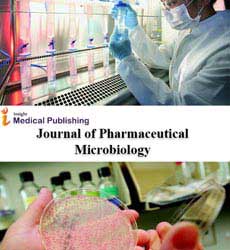From Angiotensin II to Angiotensin Receptor Blockers (ARBs): Insights and Perspectives of ARBs in Covid-19 Therapy
John Matsoukas
Abstract
Pioneer research on the renin–angiotensin system (RAS) has resulted in the discovery of the first orally active non-peptide angiotensin II receptor antagonist losartan (DUP753). This discovery was followed by related non-peptide angiotensin receptor antagonists (ARBs) in the treatment of hypertension representing a breakthrough new generation of antihypertensives. Our group has been involved for years in the investigation of the mechanism through which angiotensin II exerts its hypertensive action. This research has led to new insights revealing the bioactive conformation of the hormone and the unique way angiotensin II is approaching its receptors. In particular, these studies revealed a ring cluster conformation and a charge relay system between the aromatic amino acids Tyr, His, and Phe of the peptide molecule analogous to the charge relay system observed in serine proteases. Angiotensin II receptor blockers (ARBS) and angiotensin I converting enzyme inhibitors (ACEI) were recently reported to protect hypertensive patients infected with SARS-CoV-2. The renin–angiotensin system (RAS) inhibitors reduce excess angiotensin II and increase antagonist heptapeptides alamandine and aspamandine which counterbalance angiotensin II and maintain homeostasis and vasodilation. A series of ARBs were designed and synthesized in our laboratories, currently investigated as potential SARS-CoV-2 inhibitors.
Open Access Journals
- Aquaculture & Veterinary Science
- Chemistry & Chemical Sciences
- Clinical Sciences
- Engineering
- General Science
- Genetics & Molecular Biology
- Health Care & Nursing
- Immunology & Microbiology
- Materials Science
- Mathematics & Physics
- Medical Sciences
- Neurology & Psychiatry
- Oncology & Cancer Science
- Pharmaceutical Sciences
